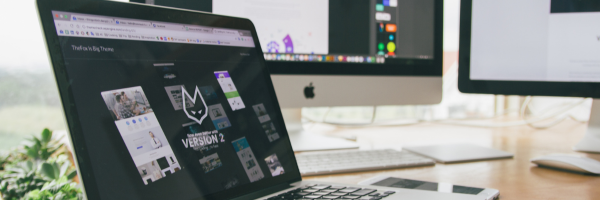In today’s fast-paced digital landscape, businesses often face a key decision: Should they focus on Organic Content Creation or invest in paid ads? Both strategies offer distinct advantages, and knowing where to allocate your resources can make a significant impact on your brand’s growth and marketing ROI. Let’s break down the benefits of each approach to help you make the best decision for your business.
The Case for Organic Content Creation
Organic Content Creation refers to the practice of producing valuable, relevant, and consistent content that naturally attracts and engages your target audience without paying for direct promotion. This could include blog posts, social media updates, SEO-optimised website content, and more.
Pros:
– Long-term Value: Once created, organic content has the potential to continuously attract traffic over time, as long as it remains relevant.
– Builds Trust and Authority: Organic content tends to foster stronger, more genuine relationships with your audience, as it is designed to provide value rather than simply promote a product or service.
– Improves SEO: High-quality organic content can improve your site’s search engine rankings, helping you attract more visitors over time without the need for constant ad spend.
Cons:
– Time-Consuming: Developing impactful organic content takes time, effort, and consistency before seeing significant results.
– Slower Growth: Building traffic and engagement through organic methods is often a slower process than paid advertising, especially for new businesses.
The Case for Paid Ads
Paid ads, on platforms like Google, Facebook, and Instagram, offer businesses the ability to get in front of their audience quickly by targeting specific demographics and interests. These ads are a great way to generate traffic and conversions in a short period.
Pros:
– Immediate Results: Paid ads can deliver traffic and leads almost instantly, which is crucial for businesses seeking fast growth or quick campaign boosts.
– Targeted Reach: You can control who sees your ads, making it easy to focus on your ideal audience based on factors like age, location, and interests.
– Scalable: Paid ads allow you to scale your campaigns based on performance and budget, offering flexibility in your marketing approach.
Cons:
– Short-term Impact: Once you stop paying for ads, the traffic and visibility they generate will decline quickly.
– Ongoing Costs: To maintain results, you’ll need to continually invest in ad spend, making it a less sustainable long-term strategy if your budget is limited.
Finding the Right Balance
Ultimately, your decision on where to invest—Organic Content Creation or paid ads—will depend on your business goals, budget, and timeline. For sustained long-term growth, organic content is essential for building a trustworthy brand and attracting consistent traffic. However, if you’re looking for immediate visibility and short-term results, paid ads can help you achieve quicker gains.
A balanced approach often yields the best outcomes. By combining the long-term benefits of organic content with the instant results of paid ads, you can create a robust marketing strategy that drives sustainable growth.
Conclusion:
Whether you choose Organic Content Creation or paid ads—or a blend of both—each has a unique role in your digital marketing efforts. By understanding the strengths and limitations of each approach, you can create a strategy that aligns with your business’s needs and sets you up for success.










